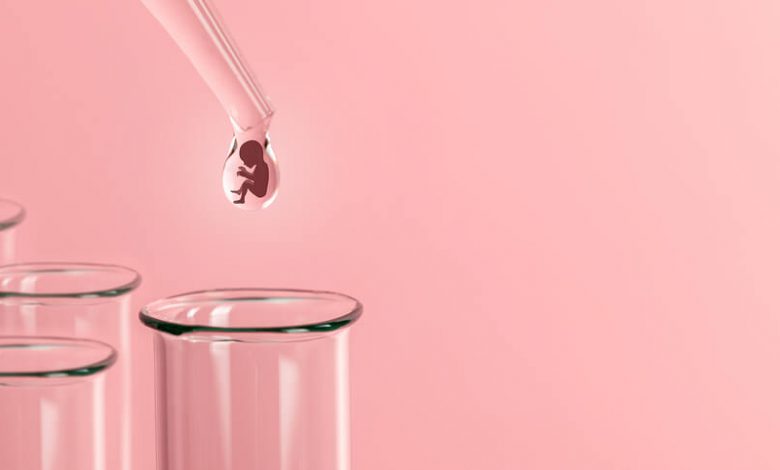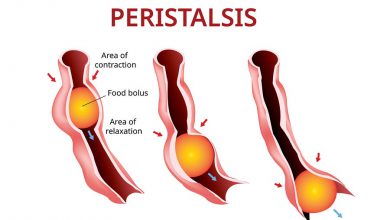Maternity By Artificial Insemination: What You Should Know

Artificial insemination is one of the most used assisted reproduction techniques. Find out more about her below.

Artificial insemination is one of the assisted reproduction therapies that allows couples with various problems to become parents. Do you want to discover everything about artificial insemination motherhood? Keep reading, as we will try to answer the most common questions that arise on this topic.
Maternity by artificial insemination

Artificial insemination is an assisted treatment that consists of placing sperm previously selected in the laboratory inside the uterus. These sperm can be from the partner itself or they can belong to a semen bank. And this is evidenced by this study published in Cuadernos de bioética .
Once the sample is obtained, specialists work with the semen in the laboratory and separate the motile sperm from the seminal plasma. In parallel, the ovaries are stimulated to increase the chances of pregnancy. But let’s see, step by step, what the artificial insemination maternity process is like.
How is the proccess?
Unlike in vitro fertilization (IVF), artificial insemination conception takes place inside the uterus. For this reason, doctors take certain precautions to increase the chances of fertilization:
- The best sperm are chosen from a sample, which may belong to the partner itself or to a semen bank.
- The doctor stimulates ovulation to ensure that it takes place.
- The moment of ovulation is monitored to choose the best moment to carry out insemination.
- It is inseminated a few hours before ovulation occurs. In this way, the sperm are found inside the female body when the egg is released.
- Progress is monitored to confirm pregnancy.
Differences with a natural pregnancy
Is there a difference between a natural pregnancy and artificial insemination motherhood? No, there are no differences beyond the way in which fertilization occurs. In other words, after the insemination process that we have described, the insemination and natural pregnancy are exactly the same.
To calculate the date of the beginning of the pregnancy, it is necessary to subtract 14 days from the date on which the insemination was carried out. In this way, embryonic development will correspond to the same weeks as in the case of a pregnancy without medical intervention.
What is the risk of miscarriage?

Between 10 and 20% of known pregnancies do not reach term, as this information from the Cínica Mayo indicates. And artificial insemination does not in any way increase the risk of miscarriage.
On the contrary, it is considered that, the older a woman, the risk of having a pregnancy loss increases; at 35 years, approximately 20%, at 40 years, 40% and, after 45 years, 80%.
Most miscarriages occur before week 12 due to chromosomal problems, missing embryo, death of the fetus, or partial molar or molar pregnancy (abnormal growth of the placenta).
Controls for maternity by artificial insemination
Conceiving through artificial insemination does not imply carrying out specific controls beyond those recommended in any pregnancy. As we have already mentioned, a pregnancy achieved through this technique evolves exactly the same as one conceived naturally.
Thus, you will have to follow the controls prescribed by your doctor and perform gynecological check-ups, blood and urine studies, and ultrasounds on the stipulated dates. As for amniocentesis, they will recommend performing it if the result of the Triple Screening shows a suspicious value.
When does public health take over from artificial insemination?
Surely, this question has already echoed in your mind. The answer varies from country to country, as it depends on the laws in force in each of them. Specifically speaking of Spain, Social Security takes charge of the artificial insemination process when:
- The woman is at most 40 years old and the man 50 at the time of starting treatment.
- There is a proven problem to conceive, that is, that the couple has undergone fertility studies that have revealed the presence of a certain problem.
- The couple have no children together or their child suffers from a serious illness. Another situation in which treatment is covered is if one of the members of the couple had no offspring.
- In general, three attempts are allowed, although it depends on the autonomous community.
- Neither member of the couple suffers from a serious illness that can become hereditary.
In short, if you and your partner have problems conceiving, consult a doctor. He will surely prescribe a series of studies to determine if there are any fertility problems and will evaluate if artificial insemination motherhood is an option for you.









